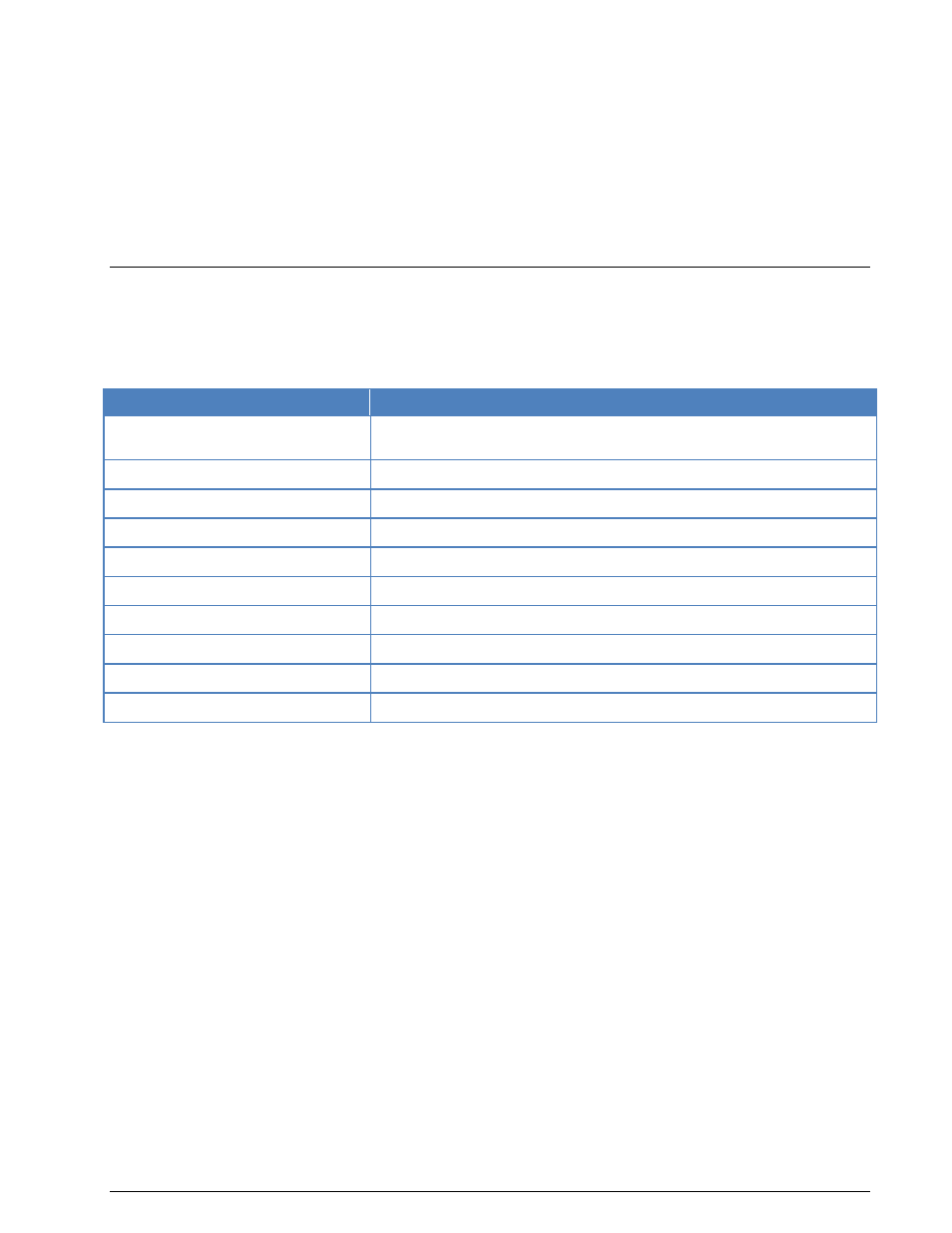Tetra – Wavecom W61PC V7.5.0 User Manual
Page 240

230
Transmission Modes
WAVECOM Decoder W61PC/LAN Manual V7.5
Given this timing scheme, the two stations can maintain the data link even after losing block length syn-
chronization by re-transmitting the change-over commands. These consist of the IDLE A, IDLE B and other
characters but are always three characters long.
In some RQ-cycles, SWED-ARQ makes use of bit center keying and maintains a request counter of cycles
deviating from the 3:4 mark-space ratio.
The SWED-ARQ mode may be started by selecting a baud rate. If the transmission channel is subject to
very strong interference, the block length change-over might be lost. By reselecting the baud rate, re-
synchronization may be reestablished.
When phasing the software automatically recognizes block length and polarity.
TETRA
TETRA (TErrestrial Trunked Radio) is a digital voice and data system for mobile services standardized by
ETSI and used for public safety and civilian PMR (Public Mobile Radio). It is closely related to GSM, but has
its own unique features, e.g. a direct mode allowing mobile stations to communicate with each other with-
out a base station and air interface encryption.
Parameter
Value
Frequency range
CEPT common EU allocation UHF (Public safety: 385 – 390/395 – 399.9
MHz, civil applications: 410 – 420/420 – 430 MHz)
Operation modes
Digital voice and data system
Symbol rate
18 kBd
Modulation
π/4-DQPSK
Receiver settings
BW = 25 kHz
Input format(s)
IF
Additional info
Data or voice
Operation modes
Trunked (TMO V+D (Voice + Data)), direct (DMO)
Access method
TDMA (Slotted Aloha)
Voice codec
ACELP
A Short Data Service similar to the SMS of GSM is available. SDS includes a number of protocols, and the
WAVECOM decoder supports Text Messaging. For this type of messaging the text itself and delivery status
reports are displayed and the messages saved to disk. The other data protocols are displayed as bits due
to the lack of detailed protocol descriptions.
TMO and DMO voice calls in all time slots are decoded and can be monitored in real-time as well as saved
to disk for later playback and analysis.
User Interface
The user interface for TETRA consists of a three pane window similar to the GUI for the satellite modes
and an options dialogue.
